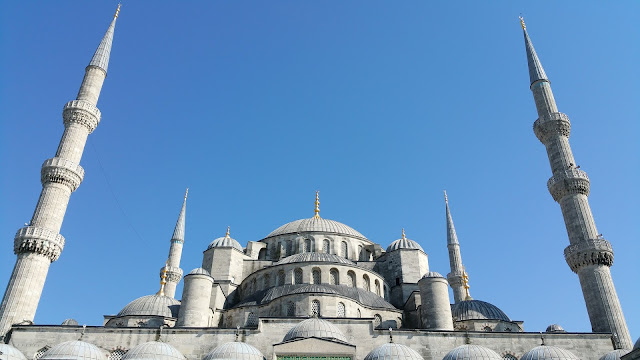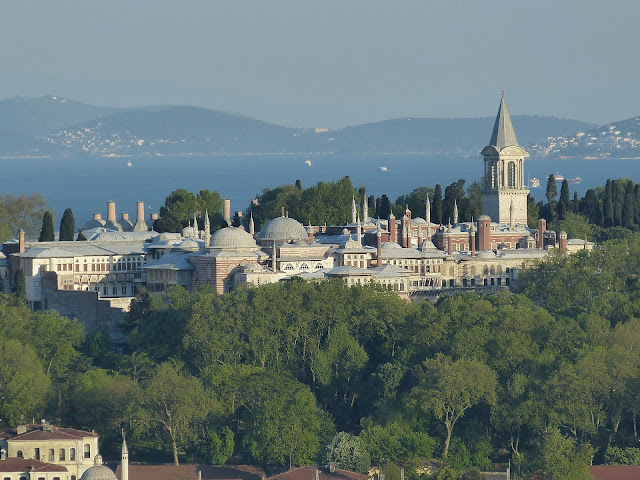Islamic Arts and Architecture
Islamic Architecture encloses a wide number of both religious and non-religion styles from the beginning of Islam to today. Islamic Architecture owes origin to the Roman, Byzantine, and Persia which Muslims conquered in the 7th and 8th centuries. In addition, It was also influenced by Chinese and Indian architecture as Islam spread to South Asia.
Types of Islamic Architecture :
- The Mosque.
- The Palace.
- The Tomb.
- The Fort.
- Fountains
- Public Baths
- Domestic Architecture.
The Mosque :
Mosques are the masterpieces of Islamic Arts and Architecture. The mosque is the Place where Muslims worship Allah and five-time Pray in a day. It is also called "Masjid".
Mosques often have at least minaret, Mehrab, Dome. Muslims build many famous Mosques in the history of Islamic Arts and Architecture. The Dome of Rock was the first mosque built by Muslims. It was the first Qibla of Muslims.
The Blue Mosque, Hagia Sophia, Sulemanyea Mosque are the best examples of Islamic Arts and Architecture.
The Palace :
Palace is a large and impressive structure. This style of architecture developed during the Dark Ages, especially in Spain. Islamic Architects built structures surrounded by Gardens.
Al Hambra Palace, Ali Qapu Palace, Topkapi Palace are the Masterpieces of Islamic Arts and Architecture.
The tomb is the monument to the memory of a dead person, typically a large vault. The tomb of Islamic rulers was generally Lavishly decorated and had expensive materials like marble and sandstone clad over it.
Taj Mahal, Humayun's Tomb, Jahangir Tomb are the great examples of the tomb in Islamic Arts and Architecture.
Fort is a fortified building or strategic position that's made strong and secure enough to be defended during a war.
Lahore fort also knows as Shahi Qila and Red fort Also knows as Lal Qila is the best masterpiece of Indo-Islamic Architecture. Most of the Forts are Built in the Mughal Period.
Fountains :
A fountain is a piece of architecture that pours water into a basin in the air to supply drinking water and for bathing and washing to the residents of cities, towns, and villages.
Shalimar Garden, Fountains of Ahmed, and The Fountain of the Court of Lions are some examples of Fountains in Islamic Arts and Architecture.
Public Baths :
The public bath is also known as "Hammam". The tradition of baths
spread throughout Islamic society from the 7th century. To conclude, Islamic Architecture known for its Beautiful Architecture, Features, and Characteristics.
Hope you like this blog, Stay connected for more. Thank you.











Great information 👍
ReplyDelete👍🏻
ReplyDelete😊😊
DeleteNice information
ReplyDeleteNice information
ReplyDeletenice info...
ReplyDeleteNice
ReplyDeleteKeep it up 👍👍👍
ReplyDeleteGd historical information provided by u.
ReplyDeleteBest strugle for our knowlege in Islamic Arts and Archi tecture.. plz continue ..
ReplyDeleteGood and informative
ReplyDeleteGreat info
ReplyDeletevery nice article,
ReplyDeleteplease visit my blog
https://kidscricketcoaching.blogspot.com/2020/06/episode-19-hook-shot-in-cricket-13062020.html